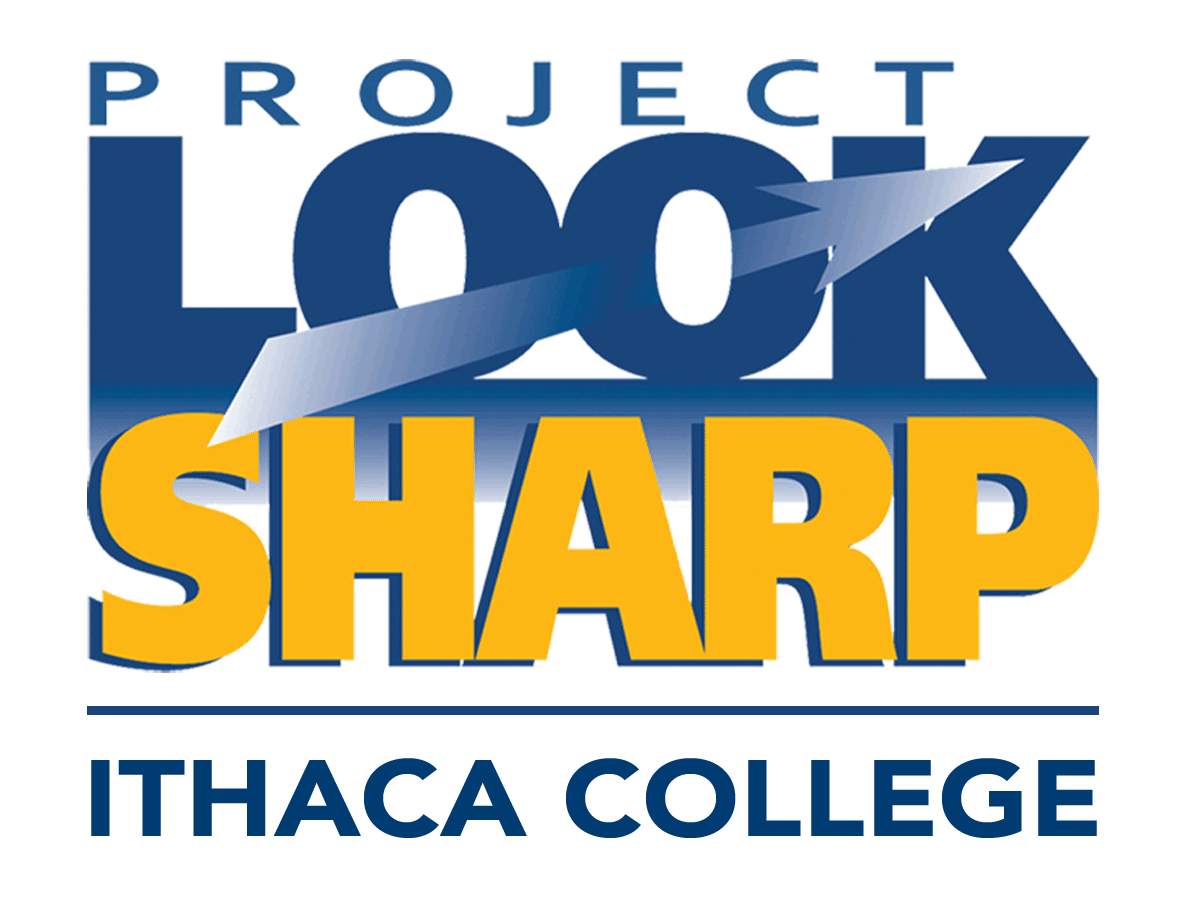Your Search Results (1006) sorted by newest
Native American Buffalo Recovery Webpage
Students analyze a webpage for messages about buffalo recovery efforts by Native Americans and about values in media messages. This simple decoding activity has been taken from a larger lesson with many slides titled “History of Endangered Species." To access this lesson, type the title with quotes into the PLS keyword search bar.
Under 15 Minutes
"Bald Eagles: Saving Our Symbol" Webpage
Students analyze a webpage for messages about bald eagles, DDT and about purpose and funding in media messages. This simple decoding activity has been taken from a larger lesson with many slides titled “History of Endangered Species." To access this lesson, type the title with quotes into the PLS keyword search bar.
Under 15 Minutes
Protecting Wolves: Differing Opinions
Students analyze two webpages for messages about wolf protection and about point of view in media messages. This simple decoding activity has been taken from a larger lesson with many slides titled “History of Endangered Species." To access this lesson, type the title with quotes into the PLS keyword search bar.
Under 15 Minutes
Trophy Hunting: Different Views
Students analyze a poster and a webpage for messages about trophy hunting and about target audience and techniques in media messages. This simple decoding activity has been taken from a larger lesson with many slides titled “History of Endangered Species." To access this lesson, type the title with quotes into the PLS keyword search bar.
Under 15 Minutes
Hunting Gorillas: Contrasting Views
Students analyze a magazine cover and a webpage for messages about bushmeat, gorillas and editorial choices in media messages. This simple decoding activity has been taken from a larger lesson with many slides titled “History of Endangered Species." To access this lesson, type the title with quotes into the PLS keyword search bar.
Under 15 Minutes
Chevron and Species Protection: Differing Perspectives
Students analyze a magazine advertisement and a mock ad for messages about waterfowl protection, greenwashing and corporate responsibility. This simple decoding activity has been taken from a larger lesson with many slides titled “History of Endangered Species." To access this lesson, type the title with quotes into the PLS keyword search bar.
Under 15 Minutes
Dealing with Invasive Species: Different Approaches
Students analyze a webpage and a book cover for messages about invasive species and sponsorship and purpose in media messages. This simple decoding activity has been taken from a larger lesson with many slides titled “History of Endangered Species." To access this lesson, type the title with quotes into the PLS keyword search bar.
Under 15 Minutes
Endangered Species Act, Spotted Owls and the Lumber Industry: Dueling Perspectives
Students analyze a magazine cover and a news article for messages about the Endangered Species Act, spotted owls and the lumber industry. This simple decoding activity has been taken from a larger lesson with many slides titled “History of Endangered Species." To access this lesson, type the title with quotes into the PLS keyword search bar.
Under 15 Minutes
Threatened Orangutans: Where's the Hope?
Students analyze a report cover and a webpage for messages about threatened orangutans and about purpose in media message design. This simple decoding activity has been taken from a larger lesson with many slides titled “History of Endangered Species." To access this lesson, type the title with quotes into the PLS keyword search bar.
Under 15 Minutes
"Biodiversity and the Future of Life" Book Cover
Students analyze a book cover for messages about biodiversity and about editorial choices for book covers. This simple decoding activity has been taken from a larger lesson with many slides titled “History of Endangered Species." To access this lesson, type the title with quotes into the PLS keyword search bar.
Under 15 Minutes
Climate Change, Biodiversity and Magazine Cover Priorities
Students analyze a webpage for messages about climate change, biodiversity and about editorial choices for magazine covers. This simple decoding activity has been taken from a larger lesson with many slides titled “History of Endangered Species." To access this lesson, type the title with quotes into the PLS keyword search bar.
Under 15 Minutes
"Tropical Rainforest" Book Cover
Students analyze a book cover for messages about rainforest protection and about credibility in media messages. This simple decoding activity has been taken from a larger lesson with many slides titled “History of Endangered Species." To access this lesson, type the title with quotes into the PLS keyword search bar.
Under 15 Minutes
"Study Sees Global Collapse of Fish Species" Webpage
Students analyze a webpage for messages about commercial fishing and about editorial decisions in webpage design. This simple decoding activity has been taken from a larger lesson with many slides titled “History of Endangered Species." To access this lesson, type the title with quotes into the PLS keyword search bar.
Under 15 Minutes
"Iceland Resumes Commercial Whaling" Webpage
Students analyze a webpage for messages about commercial whaling and about editorial decisions in webpage design. This simple decoding activity has been taken from a larger lesson with many slides titled “History of Endangered Species." To access this lesson, type the title with quotes into the PLS keyword search bar.
Under 15 Minutes
"Buffalo Land" Book Illustration
Students analyze a 19th century book illustration for messages about the slaughter of the buffalo and about fact and opinion in media messages. This simple decoding activity has been taken from a larger lesson with many slides titled “History of Endangered Species." To access this lesson, type the title with quotes into the PLS keyword search bar.
Under 15 Minutes
"Buffalo Bill: Wolf Fighter" Dime Novel
Students analyze an early 20th century magazine cover for messages about human animal relations and about historical context in media message interpretation. This simple decoding activity has been taken from a larger lesson with many slides titled “History of Endangered Species." To access this lesson, type the title with quotes into the PLS keyword search bar.
Under 15 Minutes
“The Artist in His Museum” Oil Painting
Students analyze a 19th century painting for messages about human animal relations, museums and about benefit and harm in media messages. This simple decoding activity has been taken from a larger lesson with many slides titled “History of Endangered Species." To access this lesson, type the title with quotes into the PLS keyword search bar.
Under 15 Minutes
"Passenger Pigeon Shoot" Etching
Students analyze a 19th century etching for messages about passenger pigeon hunts and about historical context in media messages. This simple decoding activity has been taken from a larger lesson with many slides titled “History of Endangered Species." To access this lesson, type the title with quotes into the PLS keyword search bar.
Under 15 Minutes
Buffalo Hunt: Slaughtered for the Hide
Students analyze a 19th century magazine cover for messages about buffalo hunting and about point of view in media messages.This simple decoding activity has been taken from a larger lesson with many slides titled “History of Endangered Species." To access this lesson, type the title with quotes into the PLS keyword search bar.
Under 15 Minutes
"American Progress" Painting
Students analyze a 19th century painting for messages about progress and about personal interpretation of media messages.This simple decoding activity has been taken from a larger lesson with many slides titled “History of Endangered Species." To access this lesson, type the title with quotes into the PLS keyword search bar.
Under 15 Minutes









.png)










